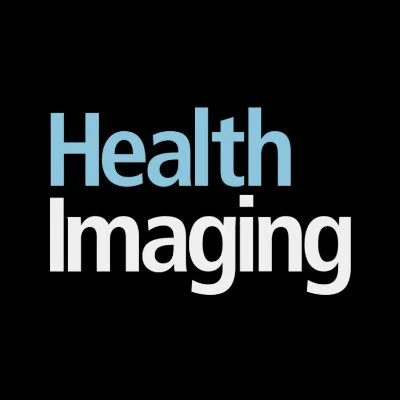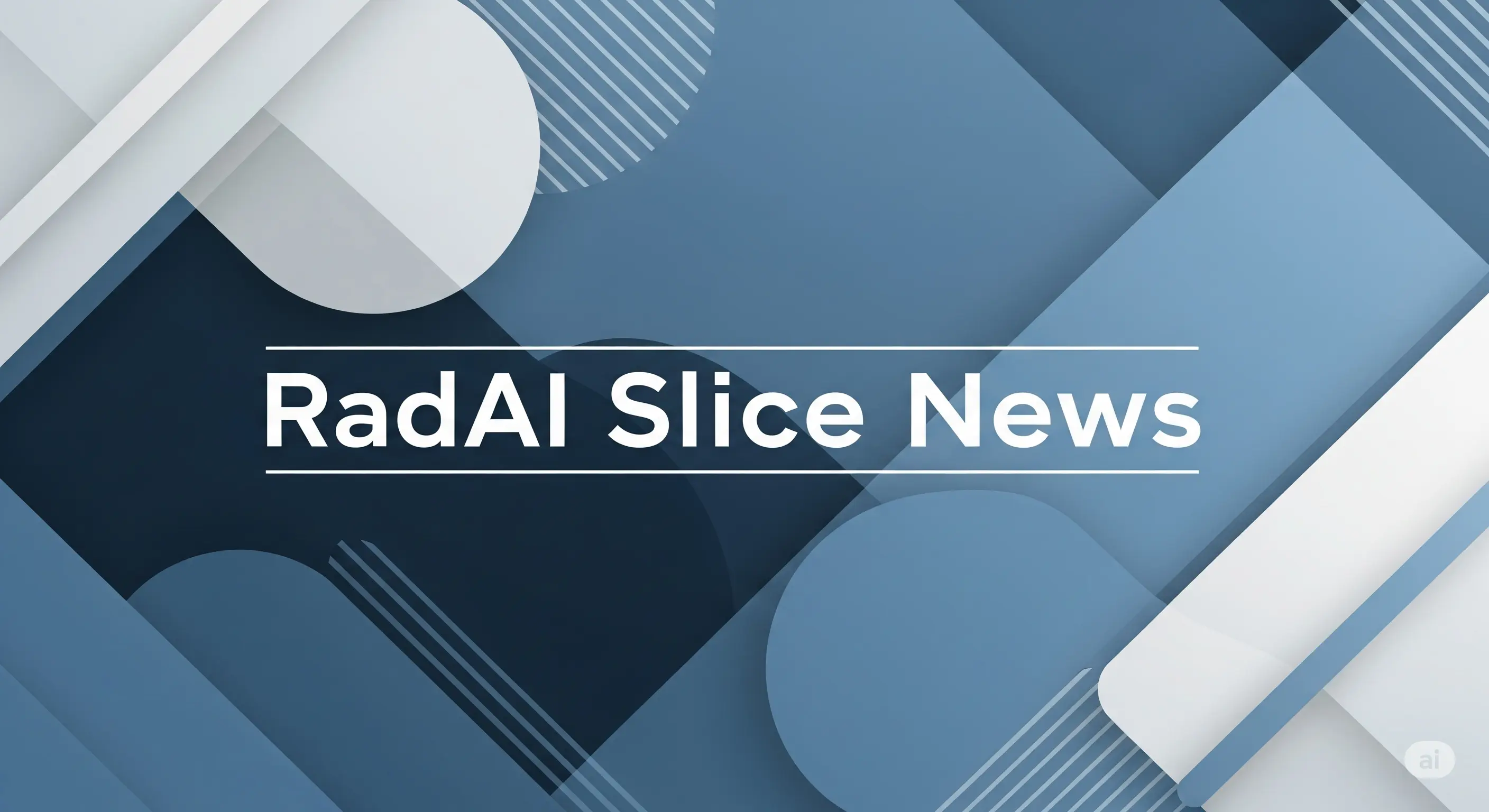
AI systems detect twice as many incidental breast lesions on routine CT scans as radiologists.
Key Details
- 1AI algorithms identified twice the number of incidental breast lesions compared to radiologists.
- 2Incidental breast lesions are detected on up to 8% of CT scans including the chest, potentially higher.
- 3Up to 70% of these incidental lesions turn out to be cancerous, highlighting the importance of early detection.
- 4Challenges for radiologists include lower spatial and contrast resolution of CT compared to mammography and MRI, and lesion location or incidental nature.
- 5Findings are from a new paper published in Current Problems in Diagnostic Radiology.
Why It Matters
Early and more frequent detection of incidental breast cancers on routine CT has significant potential to improve patient outcomes. Increasing AI support in imaging workflows could address current blind spots and enhance secondary cancer detection, reducing missed diagnoses.

Source
Health Imaging
Related News

•AuntMinnie
AI Enables Safe 75% Gadolinium Reduction in Breast MRI Without Losing Sensitivity
AI-enhanced breast MRI with a 75% reduced gadolinium dose maintained diagnostic sensitivity comparable to full-dose protocols.

•Cardiovascular Business
Deep Learning AI Model Detects Coronary Microvascular Dysfunction Via ECG
A new AI algorithm rapidly detects coronary microvascular dysfunction using ECGs, with validation incorporating PET imaging.

•HealthExec
US Executive Order and HHS Strategy Set AI Policy Directions for Healthcare
The White House executive order and new HHS strategy shift US policy towards unified AI standards and expanded adoption in healthcare.